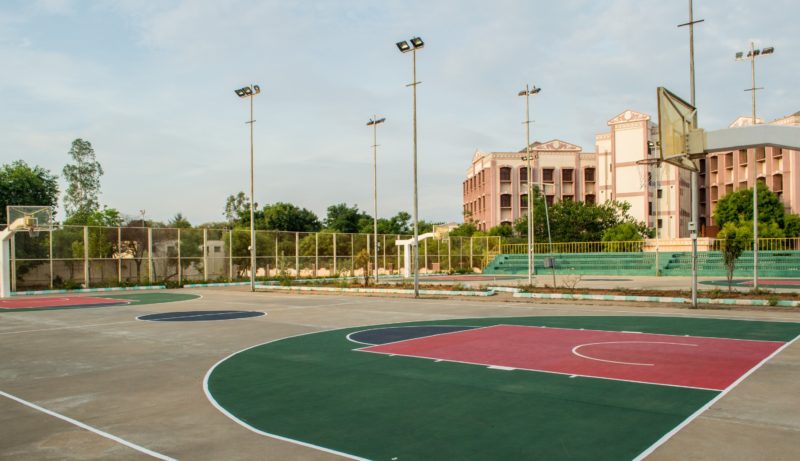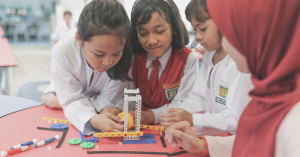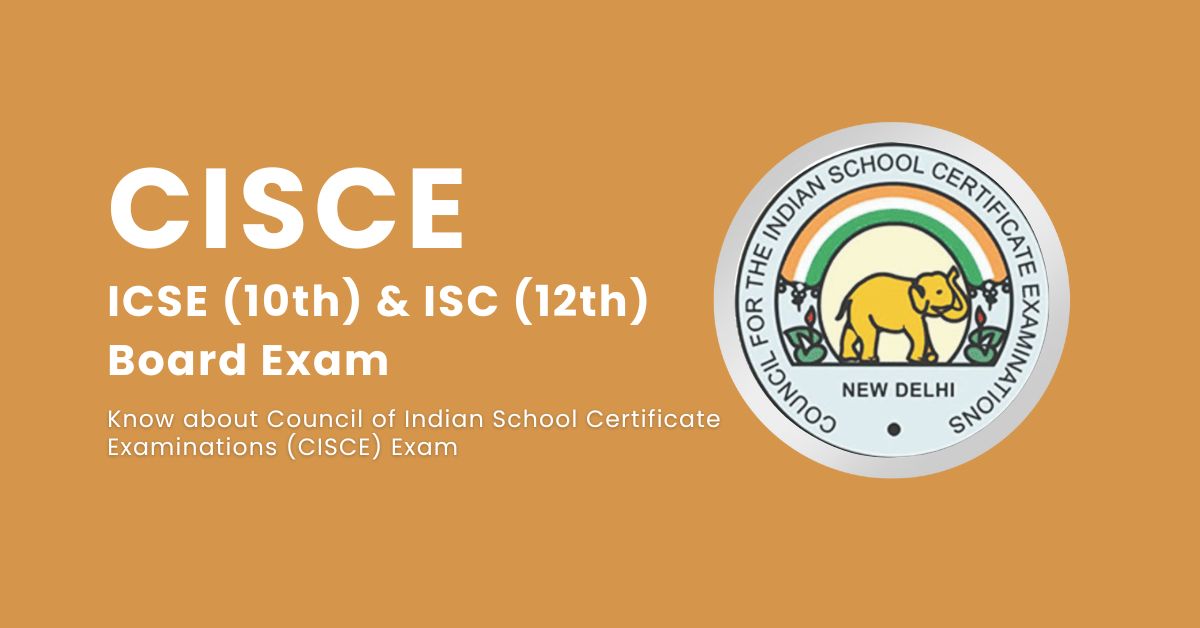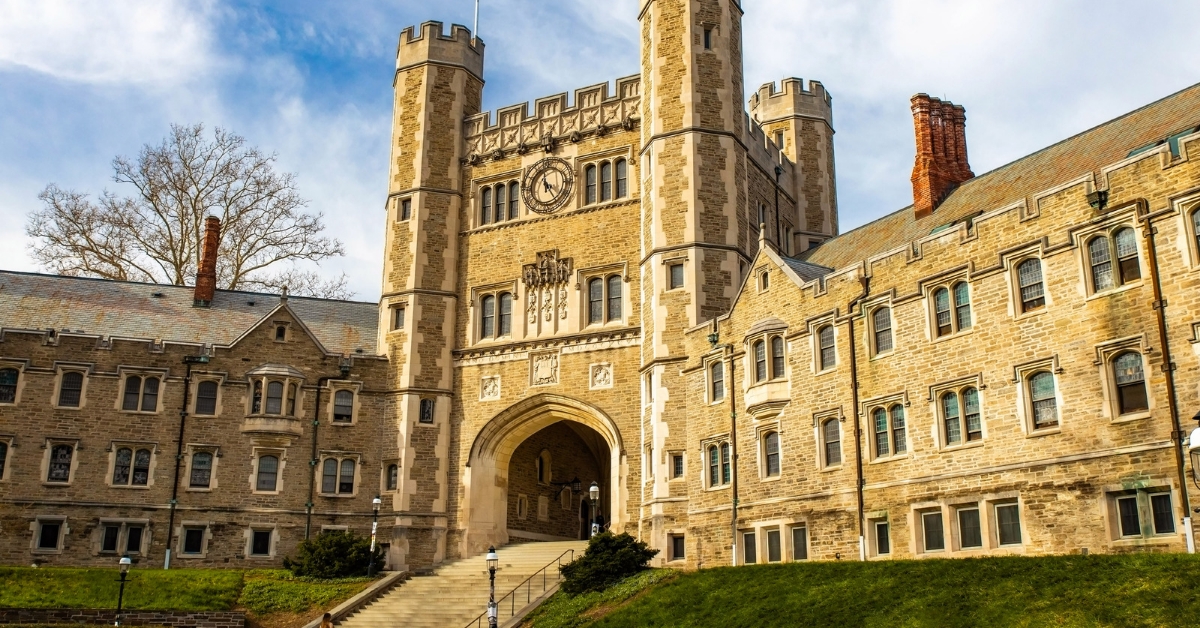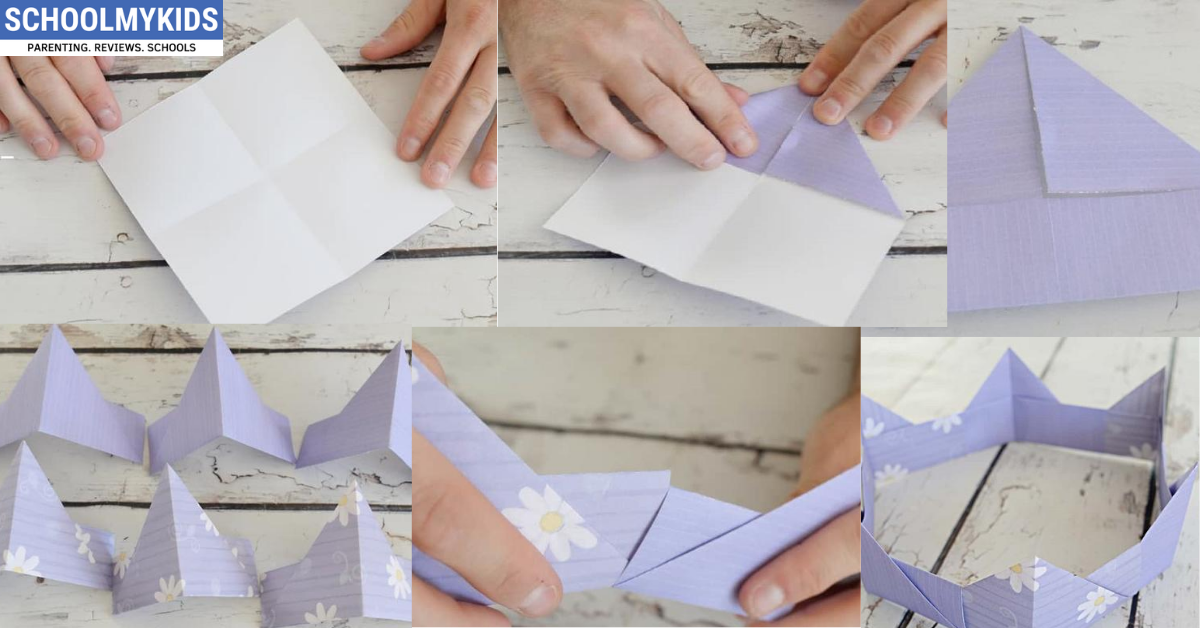Google continues to push the boundaries of artificial intelligence, unveiling groundbreaking innovations in video and image generation. The December 2024 update highlights three key tools: Veo 2, Imagen 3, and Whisk. These tools, accessible via Google Labs' VideoFX and ImageFX platforms, are set to revolutionize the way students create and interact with multimedia content. Let’s delve into each of these innovations and explore their applications for students.
Veo 2: Enhanced Video Generation
Veo 2 represents a major leap forward in AI-driven video creation. This advanced model produces high-quality, realistic videos by leveraging a deeper understanding of cinematography, motion dynamics, and scene composition. Veo 2 enables users to:
- Create Realistic Videos: The tool mimics real-life footage, producing videos that appear authentic and professional.
- Experiment with Creativity: Students can use Veo 2 to generate videos tailored to specific themes, enhancing creative projects and storytelling.
- Simplify Multimedia Assignments: With minimal input, the model can produce polished videos, making it a valuable resource for academic presentations and projects.
Whether you’re developing a documentary for a history assignment or creating an explainer video for a science project, Veo 2 provides the tools to elevate your content.
Imagen 3: Superior Image Generation
Imagen 3 takes image generation to the next level, offering improved clarity, composition, and versatility. Designed to support a wide array of art styles and themes, this tool empowers students to:
- Generate High-Quality Visuals: Imagen 3 produces vibrant, detailed images suitable for any academic or creative purpose.
- Explore Artistic Styles: From photorealistic scenes to abstract art, students can experiment with diverse aesthetics.
- Enhance Presentations: Incorporate stunning visuals into slides, reports, or posters, making complex ideas easier to understand.
For students in fields such as design, architecture, or marketing, Imagen 3 provides a platform to visualize and communicate ideas effectively.
Whisk: Innovative Image Remixing
Whisk introduces a novel approach to image creation, allowing users to use existing images as prompts instead of relying solely on text descriptions. Key features of Whisk include:
- Image-to-Image Remixing: Input images to define the subject, style, or scene, and let the AI generate creative variations.
- Rapid Prototyping: Experiment with visual concepts quickly, perfect for brainstorming sessions or design iterations.
- Enhanced Customization: Whisk’s flexibility makes it ideal for creating unique visuals tailored to specific projects.
Art and design students, in particular, will find Whisk to be an indispensable tool for exploring creative possibilities and remixing ideas effortlessly.
Applications for Students
These AI-driven tools offer a wide range of benefits for students across disciplines. Here’s how you can integrate them into your academic journey:
1. Boost Creativity
Tools like Veo 2 and Imagen 3 empower students to create professional-grade multimedia content, making assignments more engaging and visually appealing.
2. Simplify Complex Concepts
Visual aids generated by Imagen 3 or Veo 2 can help break down intricate topics, making them more accessible and easier to grasp.
3. Accelerate Design Projects
Whisk’s image remixing capabilities allow students to rapidly iterate on design ideas, saving time and fostering innovation.
4. Elevate Academic Presentations
Incorporating high-quality visuals and videos into presentations not only enhances their impact but also demonstrates a command of cutting-edge technology.
Conclusion
Google’s Veo 2, Imagen 3, and Whisk are powerful tools that underscore the potential of AI in education. By integrating these technologies into your workflow, you can unlock new levels of creativity, efficiency, and impact in your academic projects. As these tools continue to evolve, they promise to redefine the way students engage with multimedia content, offering endless possibilities for innovation and learning.


